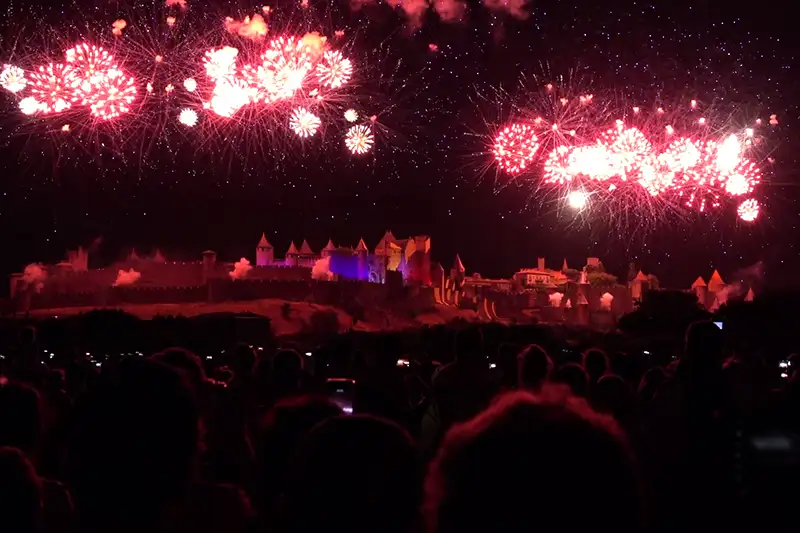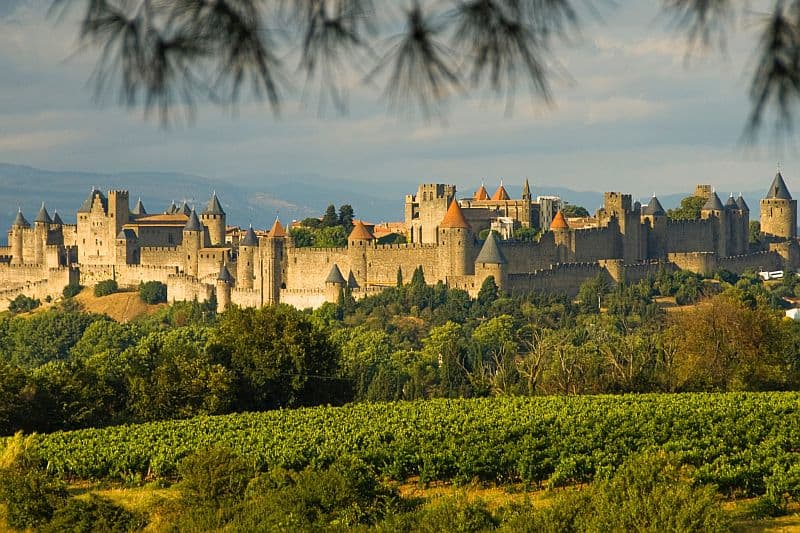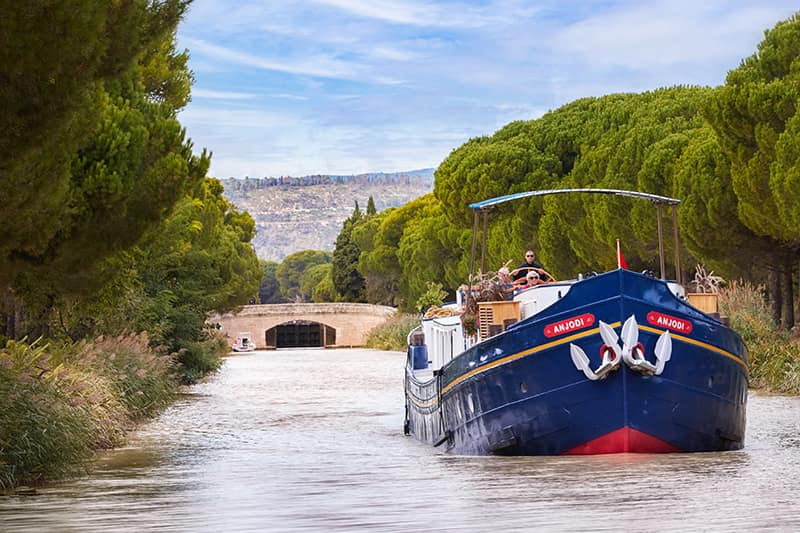If you are a lover of fireworks, the place to be on the evening of July 14th is Carcassonne in Southwest France. This will beFrance’s biggest display of pyrotechnics to celebrate Bastille Day, although the French simply call it “Quatorze Juillet,” or July fourteenth.
It was on the same day back in 1789 that crowds of Parisians stormed the Bastille fortress in Paris, triggering the start of the French Revolution and the downfall of the monarchy.
The firework display at Carcassonne will be watched by hundreds of thousands and as it is a Public Holiday, many travel to the surrounding area much earlier in the day to secure the best view. There’s a really relaxed party atmosphere, with families setting up picnics alongside the Canal du Midi or River Aude.
 English
English
 Spanish
Spanish French
French German
German Norwegian
Norwegian Portuguese
Portuguese Swedish
Swedish Italian
Italian Russian
Russian Simplified Chinese
Simplified Chinese Japanese
Japanese




